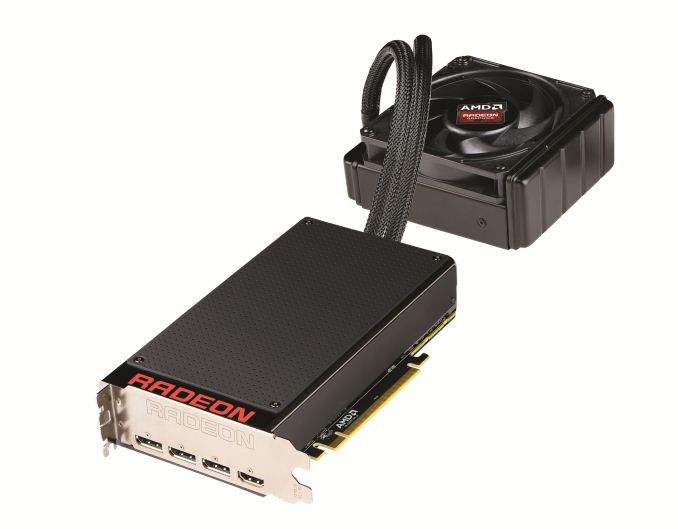Nintendo
Nintendo Switch
All Apple products for that matter.^ Yes, in order to do that you need to put an iPhone in with it updated to the latest os.
Last edited by a moderator:
All Apple products for that matter.^ Yes, in order to do that you need to put an iPhone in with it updated to the latest os.
Cost and lack of desire to go out, primarily.It was also a test: I downloaded the original model from thingiverse to try out and it worked well enough but I was going to get a piece of paper, shape it around my arm, cut and mark it acordingly, then scan and model that so it would form a perfect brace for my arm.Just curious why you 3D printed it. Got pics?
You do realize how late in the design process the Pyra is don't you?I'd suggest just a slightly different lower case design, perhaps something with a bit of contour to make it easier for the hands to hold but at the same time, providing a little bit of room for a small fan to promote airflow, sort of like how the nVidia Shield Handheld does it.
I do, but the thing is, that as it'd just be a modification of the lower case design, it'd have next to no impact on the rest of the Pyra itself, just the plastic part of the casing that could be redesigned at any time and submitted for production. No modification of the PCB would be needed, except perhaps for interface pins for the cooling fan to be attached. This was more of a suggestion for the inevitable minor revision of the Pyra later on down the road, where such things would be a much less significant hit than a completely new PCB redesign.You do realize how late in the design process the Pyra is don't you?I'd suggest just a slightly different lower case design, perhaps something with a bit of contour to make it easier for the hands to hold but at the same time, providing a little bit of room for a small fan to promote airflow, sort of like how the nVidia Shield Handheld does it.
Thin aluminum sheet with a tab sandwiched between the SoC and the motherboard.So... we should remove the battery? Otherwise, I have no idea how you would decrease it though.
Removal of the battery would defeat the purpose of being portable and handheld I would think! http://www.alibaba.com/product-detail/Laptop-internal-cooling-fan-For-ASUS_60087734834.html Part number: KSB0405HB is the same fan that's inside the nVidia Shield handheld and a lot of Asus EEEPC's, if the lower shell was made a little thicker beneath the main PCB to make room for it and the battery (It's only a few mm thick), this small fan could be sandwiched between the battery and the main PCB and ducted to the back or bottom in the event heat buildup becomes a problem. If there was going to be a passive heat sink inside anyway, this could be combined with a lower profile heat spreader.So... we should remove the battery? Otherwise, I have no idea how you would decrease it though.

So basically.. you are not a fan of the Dragonbox Pyra?No clocking down please. We need a fan
Actually, Ed is worried now that Pyra doesn't have any fan.So basically.. you are not a fan of the Dragonbox Pyra?No clocking down please. We need a fan
Yes, but the Apple III had an overheating problem.Apple has lots of fans

